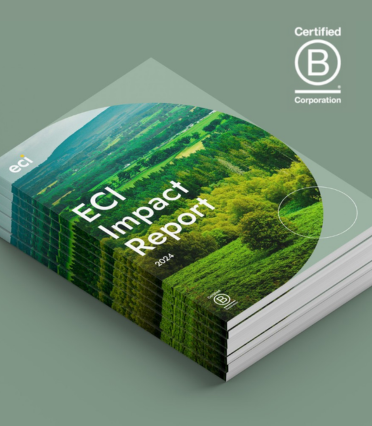On Monday, the New York Times revealed it had purchased viral word-puzzle game, Wordle, and players around the world panicked. Would this new ownership ruin the beloved game? For those not yet familiar with Wordle (where have you been hiding!) it might seem strange that a simple word-guessing game has taken the world by storm, but we look at why people are such fans and what can it tell us about customer behaviour?
1. Customers want their interest piqued
In these days of ‘always on’ consumption, it’s quite rare that we wait for anything, but Wordle is an exception. The clock strikes midnight and the game refreshes, and you can only play once a day. And Wordle isn’t successful despite of this, it’s part of why it’s so successful. It creates a certain mystique, each new day driving you to play, as opposed to playing 100 wordles on your first day of playing and quickly becoming bored.
In a world where customer behaviour is generally spoken about in terms of high expectations, constant connection and a seamless experience, why are Wordle players so happy to wait? Chip and Dan Heath in their book, The Power of Moments, use a principle called the “peak-end principle” which is based on the fact that customers generally only remember the peak and the end of an experience. They argue that most companies and marketers generally try and keep customers at a constant level of contentedness, but actually they should spend more time trying to create peaks. They use the example of Pret giving its staff allocation to give away free coffees at random – trying to create random moments of surprise that are peaks for their customers – as opposed giving everyone a free coffee on a Monday, which might create contentedness but would quickly become immemorable.
2. Scarcity drives demand
Leading on from the above, Wordle follows the ‘Less is More Frame’ cited by Daniel Pink in his book, To Sell is Human. In a Columbia University research study, researchers set up booths for jam sampling. In the first round they provided 24 options of jam and in the second round they reduced that to 6. The study found that more people engaged with the booth first time round, but in the second round more people actually purchased the jam. It’s the same reason I sometimes come off Netflix and just stick on whatever is on ‘regular telly’ – the decision fatigue has become too much.
Wordle’s simplicity is its beauty, and that can be a useful way of thinking about how you frame your products – are customers overwhelmed by choice? If customers have a multitude of needs, the marketer’s instinct is to start with a wide range of products and narrow down and personalise as their behaviour indicates certain preferences. There is a sweet spot of offering choice, but it’s important to understand where you start hitting diminishing returns. It’s why VWO, the A/B testing platform promotes reducing elements and ‘decision simplicity’ when it comes to marketing, such as having just one Call to Action, reducing the number of items per webpage and bundling products to give fewer options to the customer.
3. We are social creatures / show-offs
Before Wordle, I liked word games, but I never got FOMO when it came to Boggle or Scrabble! But seeing those mysterious green and yellow grids across Twitter that I wasn’t part of made me absolutely want to join in, and that social sharing aspect has clearly been a key driver in Wordle’s success. The ease of sharing grids to social in a way that doesn’t create any spoilers has been what has driven its rapid proliferation.
We are motivated by making connections, and the fact that everyone is playing the same word at the same time is part of what makes Wordle so successful. We can share our triumphs, and our pain (ahem, knoll).

We are seeing the same thing play out across social media, where brands are encouraging customers to share their stories and how they are using products, promoting advocacy. But it’s important to remember that just because brands want it to happen, doesn’t necessarily mean customers gain anything from it – there has to be something in it for them, and often that involves an element of competitiveness or showing off. Whether it’s people sharing their Snapstreaks or unboxing PR packages on Instagram, finding or creating something customers genuinely want to share is hugely valuable, but you need to make it worth their while.
4. Customers want moments of peace
When the news came through that NYT had acquired Wordle, one of the reasons people were so worried was that Wordle is, well, untainted, in a world of constant demands. There is no advertising, no call to actions, no push to upgrade to premium play. Wordle is a moment of peace in a very noisy digital world.
Obviously, businesses need to still make money, and few people resent the creator of Wordle his success in the sale. However, it may be worth thinking about how many moments are there in your customer journey where nothing is needed from the person the other end?
Constant nudge marketing can leave people feeling drained, and with the pandemic increasing digital consumption by more than a third, people are hearing that noise more than ever before. It may be reducing your overall push marketing – for example cutting down on emails sent – to reduce fatigue, or it may be creating moments where there isn’t a sell or an ad, just a great moment for the customer or simply, a moment of peace.


